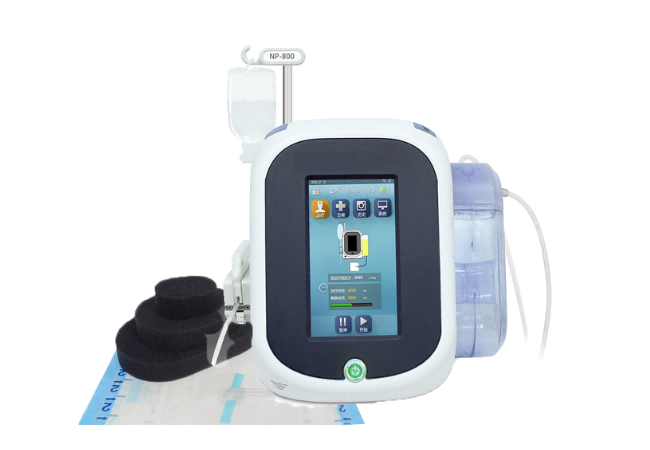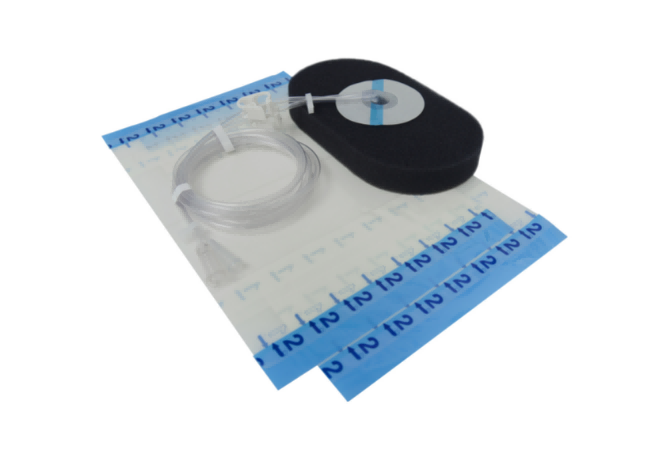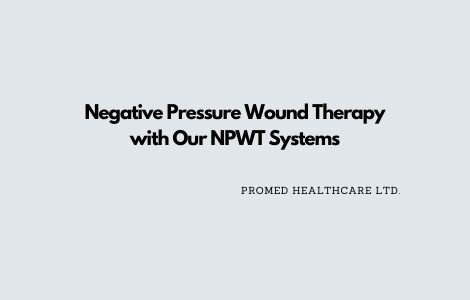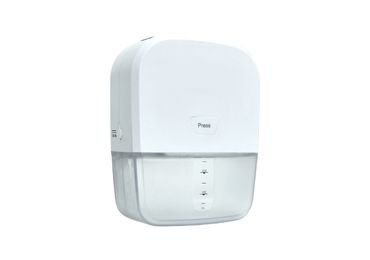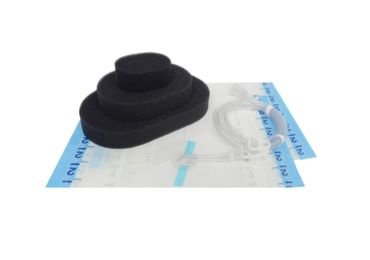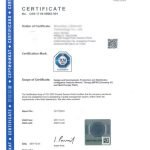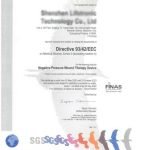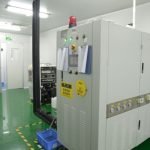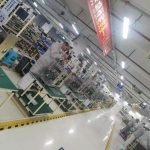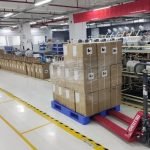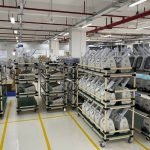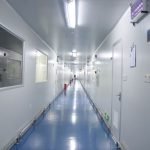Wound vac pump, Model NP-800
Negative-pressure wound therapy (NPWT), in wound healing with a wound vac pump, is a therapeutic technique using a suction pump, tubing, and a dressing to remove excessive exudate and promote healing in acute and chronic wounds. The Negative Pressure Wound Vac Therapy Device is Intended to provide vacuum-assisted drainage and controlled delivery of topical wound treatment solutions and suspensions over the wound bed.
A wound vac pump is indicated for patients with chronic, acute, traumatic, subacute, and dehisced wounds, partial-thickness burns, ulcers (such as diabetic, pressure, and venous insufficiency), flaps, and grafts.
Operation Procedure
A negative pressure wound therapy device consists of a wound vac pump, canister, pipeline, ports, and electric cabinet.
Before applying the system, ensure the wound is debrided or handled well.
- Apply foams & films;
- Connect tubings;
- Set parameters and start the therapy;
Related Products
Capacity: 300ml (NP-200); 500ml & 1000ml (NP-800)
- Basic Parameters
- Certifications
- Manufacturing
| Power Supply | AC 100V-240V, 50/60Hz Input power ≤120VA, Input voltage AC 15V |
| Battery | Rechargeable lithium-ion battery: 5200mAh, 11.2V |
| Therapy Modes | 6 Modes |
| Canister | 500ml(default)/1000ml |
| Negative Pressure Range | 0~-500mmHg |
Cleaning Drainage Modes
NPWT with Instillation function
Three different modes (Mode D, Mode E, and Mode F)
Advantages:
- Introducing liquid-foam medication into the therapy;
- Relief pains while changing dressings;
- etc
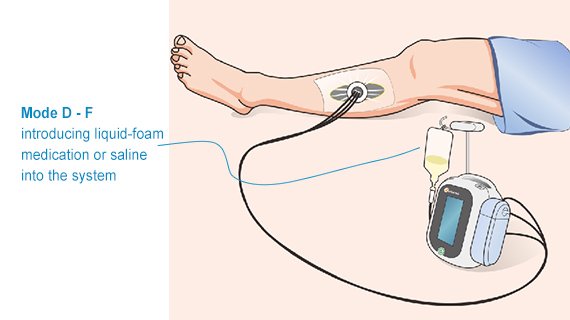
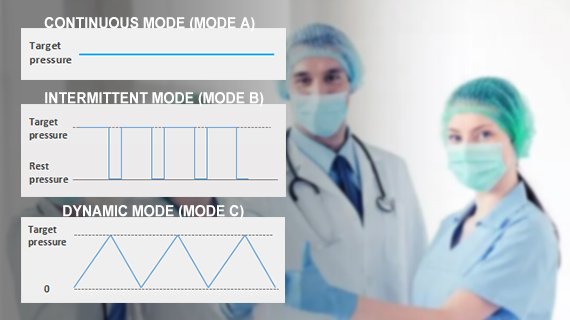
Negative Pressure Drainage Modes
Three different modes, including Continuous (Mode A), Intermittent (Mode B), and Dynamic (Mode C).
Negative Pressure Wound Therapy NP-800
Wound vacuum pump application:
Orthopedics Dept.; Emergency Dept.; Plastic Surgery; Traumatology Dept.; General Surgery; Vascular Surgery; Burns Surgery; Endocrinology Dept.
Specifications
| Power Supply | AC 100V-240V, 50/60Hz Input power ≤120VA, Input voltage AC 15V |
| Battery | Rechargeable lithium-ion battery: 5200mAh, 11.2V |
| Therapy Modes | Cleaning Drainage Modes (MODE D, E, F)
Negative Pressure Drainage Modes (Continuous, Intermittent, Dynamic) |
| Screen | 7” color touchscreen |
| Canister | 500ml(default)/1000ml |
| Negative Pressure Range | 0~-500mmHg |
| Drainage Intensity | Low, Medium, High |
| Noise | <55dB(A) |
| Cycle life of the main unit | 3000h |
| Protections | Overflow protection; Lock screen (auto); High-pressure alarm; Low-pressure alarm; Canister full alarm; Low battery alarm; Tubing blockage alarm |
Benefits of NPWT
| Benefits for Patients | Benefits for Doctors/Hospitals |
| Faster wound healing (cell proliferation); Reduce the frequency of changing dressings; Lesser pains; Lesser Infection; Help avoid complications such as amputation, pressure sore, etc; Better function recovery; |
Time-saving; Provide advanced treatment options; Improve the efficiency of doctors; Harmony between doctors and patients; |
Operation Procedure


NPWT, stands for Negative Pressure Wound Therapy, referring to wound dressing systems that continuously or intermittently apply negative pressure to the surface of a wound. NPWT has become a popular treatment modality for the management of many acute and chronic wounds.
Only doctors or trained nurses are recommended to operate the products or change dressings.
We have obtained the CE certificate, Chinese Free Sales certificate, ISO13485 certificate, and so on, for the device.
We understand that different countries have different regulations for importing medical devices. So yes, we could provide the required documents to our customers. Please contact our team for details.



